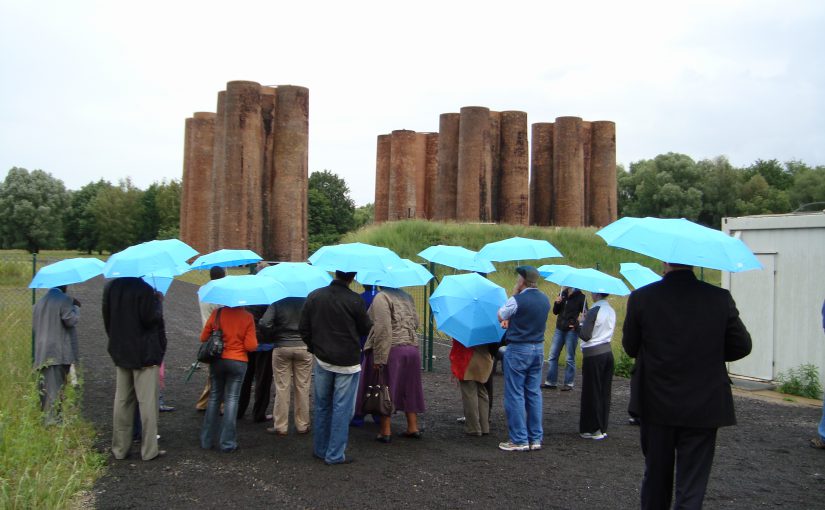Futurists use a forward-looking philosophy to chart their organisations’ strategies. They are not so caught in the here and now. Rather they imagine and then mobilise people towards a future that does not yet exist. It means you can not yet plan for it, you first have to imagine it. Futurists are not caught up like most of us with trying to make what we have to work better, nor are the plugging gaps. They force us to think about completely new architectures of technology, social arrangements and capabilities.
Elon Musk and Jeff Bezos are considered global futurists. Many of the near emergent technologies, like driver-less cars or advances in artificial intellegence were hard to imagine just a decade or two ago, now they seem to be around the corner. Yet, cities, business and governments are still planning with a short term cycle, mainly using what exists or what is lacking as guiding their decisions.
A lot of emphasis here in South Africa are placed on data, prioritising left behind areas and dealing with social integration. Every now and then I wonder if we are not simply getting better at preparing for the past? You know, that one that will never come back? What if the very industries that we have now will not be viable in just a few years? What if the cities and towns that emerged around old industries are no longer viable or sustainable?
This morning I read about New York hiring a futurist to help them imagine and plan for the future on a CNN site.
“In an unlikely move for a city, New York is also hiring a senior futurist to gather insights on possible cultural, economic and environmental changes ahead”
Wow, imagine we could do that here in South Africa? I know we have a long list of problems that require our immediate attention, but should we not set aside some time to also imagine the longer term future? That way, bureaucrats and technocrats can develop better models and designs that can be presented to politicians and citizens. More important, we can get more designers, engineers, scientists and business people mobilised to think about and design for a future that is imminent.
“New York’s latest efforts are designed to be proactive, rather than reactive”
From my perspective, most of our companies and local governments are not ready for what is coming. We are all caught with trying to cope with what is and what should have been done. Then our local political climate sucks a lot of energy from our economy, resulting in resource rich companies growing while all the rest is holding up their breaths, waiting for something to happen.
I know this sounds negative, but with the digital revolution in manufacturing, and the rapidly integration of fast numbers of enterprises into the networked knowledge economy, I see many of our industries falling behind. Not all companies, but many. I often ask my students to imagine the following:
- What does the future of local economies, secondary cities and the currently unemployed in South Africa look like?
- What are technologies that we can expect to have a profound change on our country in the medium to longer term? What does this demand from our institutions, policies and businessess?
- Can we get more people involved in thinking about the long term future?
- How do we shift from a low skills labour intensive economy towards a knowledge economy without leaving millions behind?
- What do we have to equip our students and children with to empower them to shift with the times and prepare for this future?
We have so many priorities that we have to address at the same time. Perhaps while we are running on this treadmill we need to also think further into the future.
Just thinking out loud!
The photo at the top of this post was during a Local Economic Development study tour I led to Germany together with Frank Waeltring in 2009. The tour group was a diverse range of senior government officials and the objective was to learn about Germany’s experience with economic change, industrial change and cooperation between many different stakeholders in a decentralised way.



